Know a boost that is not in our library yet? We may feature it. Complete this form and we will get in touch.
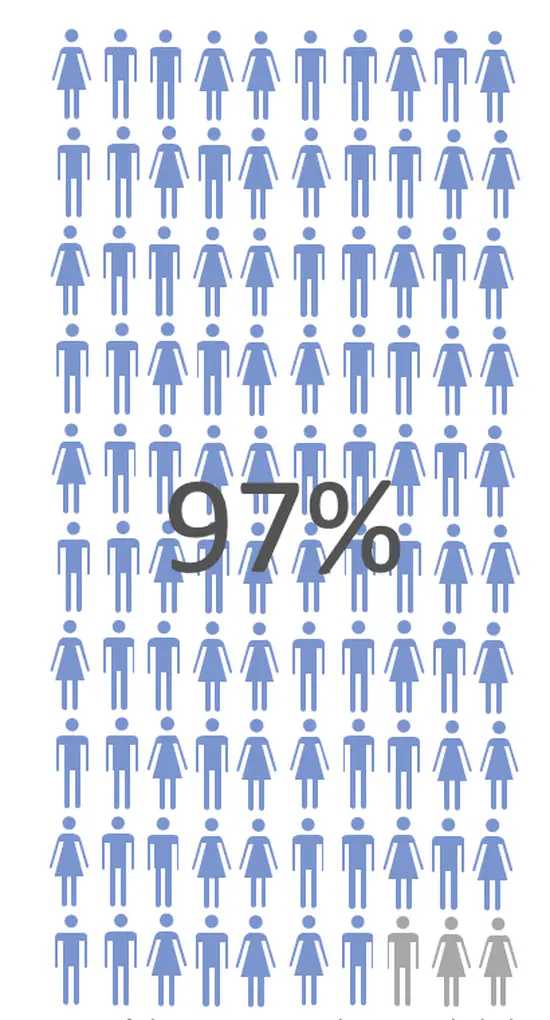
Evaluating scientific consensus on climate change
What is the boost? Simple communication about the scientific consensus that climate change is human-caused —for instance, “97% of climate scientists have concluded that human-caused climate change is happening”—increases public acceptance of the consensus, and in turn public support for climate action.
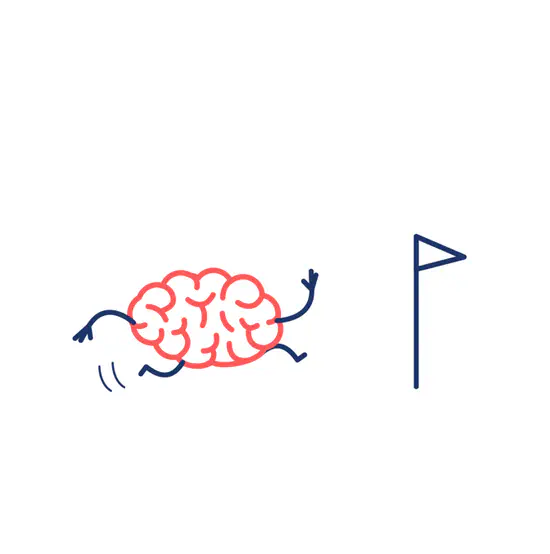
Mental contrasting with implementation intentions (MCII) to encourage pro-environmental consumer behavior
What is the boost? Mental contrasting with implementation intentions (MCII) is a four-step process: Define your goal. Identify possible outcomes of reaching your goal and imagine a positive future. Contrast the positive future with current reality and identify obstacles that could prevent you from reaching your goal.
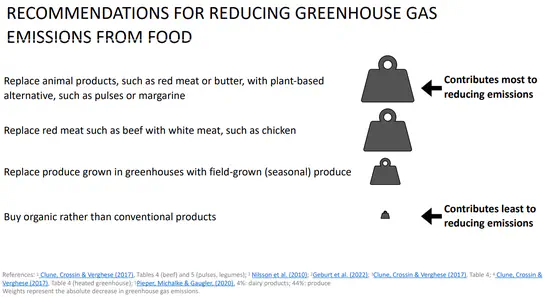
Simple rules to reduce the climate impact of food
What is the boost? Simple rules of thumb help people to understand how to effectively reduce the climate impact of consumer decisions. For example: “Replace red meat with white meat or plant-based proteins,” “Replace high-fat dairy products with plant-based alternatives,” or ”Buy seasonal.

Using commitment to promote recycling
What is the boost? Verbal or written commitment can help promote recycling. People agree either verbally or in writing to recycle more. Which challenges does the boost tackle? The waste people produce pollutes the environment.
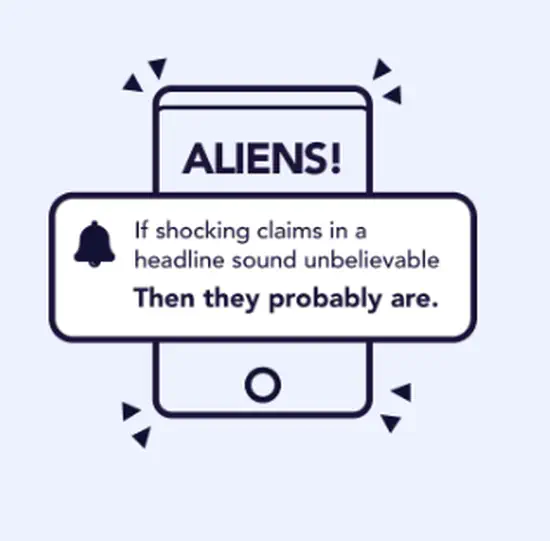
Short lists of tips to assist in judging the trustworthiness of information online
This boost takes the form of a simple list of tips to assist users in judging the trustworthiness of information online (much like the fast-and-frugal decision trees also examined on this webpage).
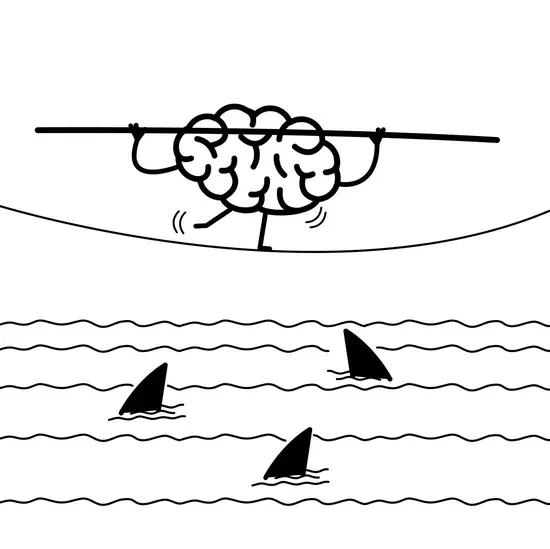
Boosting people’s ability to compare risks using simple, step-by-step online tutorials
A brief step-by-step online tutorial can teach people how to accurately calculate and compare the event rates of two risks (e.g., case-fatality rates for the flu versus COVID-19) by illustrating how to divide the number of key events (e.g., number of deaths among people infected with disease X) by the total number of events (e.g., total number of people infected with disease X).

Critical ignoring
Digital technologies have revolutionized access to information: it is overabundant, and always within reach. But a person’s attention remains a limited cognitive resource that is only too quickly overwhelmed when confronted with an unlimited supply of information sources. Furthermore, not everything that’s online is what it claims to be, and alongside an abundance of high-quality information, people are also lured into the traps of low-quality, distracting, false, and manipulative information.
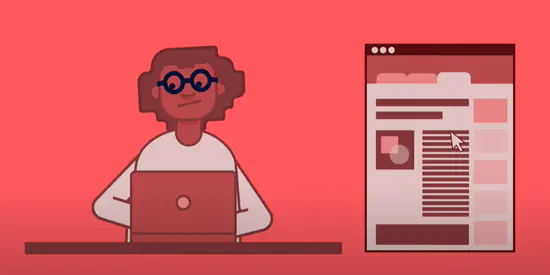
Lateral Reading
Lateral reading is a simple heuristic for online fact-checking: Open multiple tabs in your browser and search the Web to verify the credibility of the information.
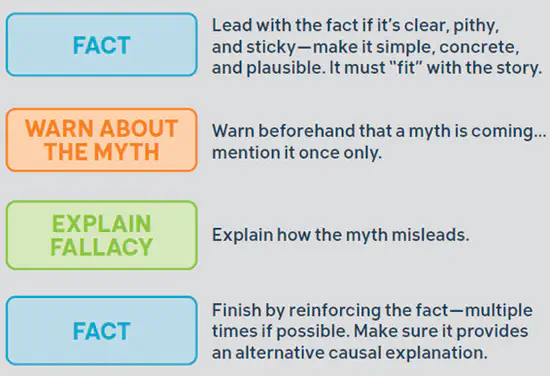
Debunking
Debunking is a refutation strategy that provides corrective information to reduce a specific misconception or false belief. To be effective, debunking must provide detailed refutations, including explanations of why the information is false and what is true instead.
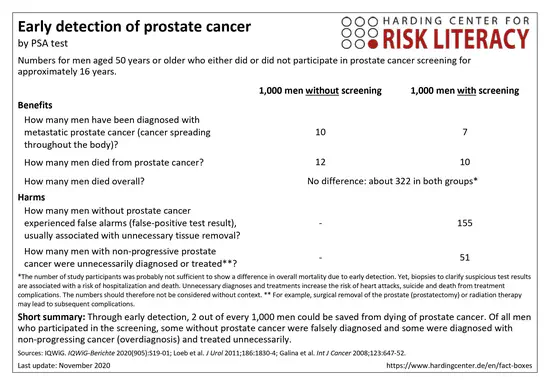
Fact boxes: Concisely summarizing the best available evidence
A fact box is a tabular summary of the best available evidence about the benefits and harms of a medical procedure, medical treatment, or health behavior.
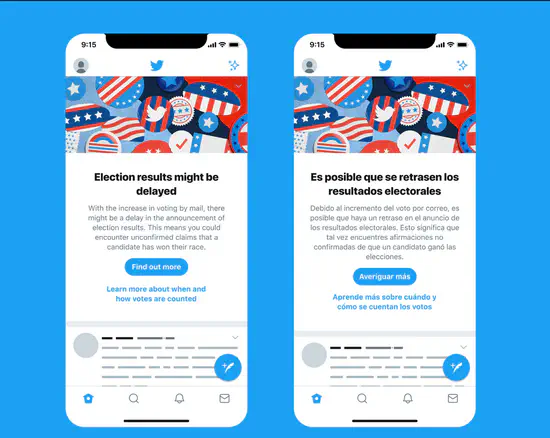
Inoculation against false and misleading information and manipulation online
Inoculation (also known as prebunking) is a preemptive intervention that boosts people’s resilience to false and misleading information and manipulation online. Inoculation involves exposure to a weakened form of common disinformation and manipulation strategies.
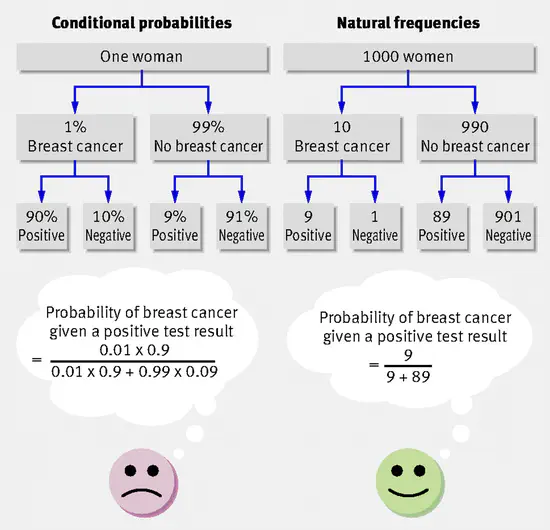
Natural frequencies: Faciliting Bayesian inferences
Unlike conditional probabilities, natural frequencies are not normalized with respect to the base rates. They therefore make it easier for people to apply Bayes’s rule to determine, for instance, how likely it is that a person who tests positive for breast cancer does, in fact, have the disease (i.e., the posterior probability of the disease given a positive test result).
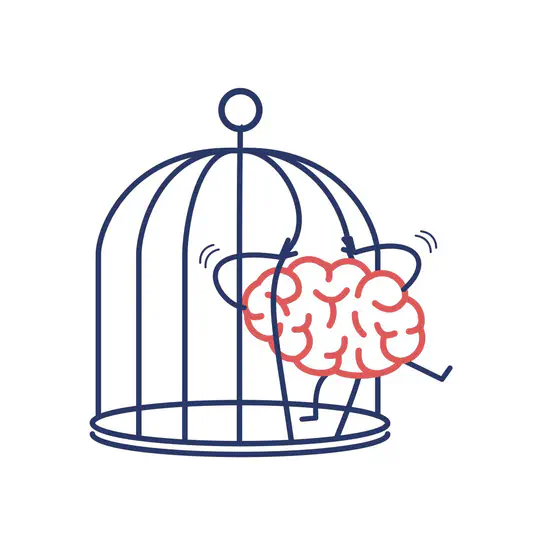
Network pop-ups: Visualizing how information has traveled online
The way information travels on social media networks is a complex, self-organized process. The original source of information and the path it took can be difficult—if not impossible—to find. A network pop-up traces this path all the way back to the beginning and visualizes the involved actors in a network representation.

Self-nudging
Self-nudging is a technique derived from behavioral science that anyone can use to enhance self-governance. Self-nudging involves making simple changes to one’s own personal environment—like keeping cookies at the back of a top shelf to resist sugar cravings, or turning off smartphone notifications when working to a deadline.
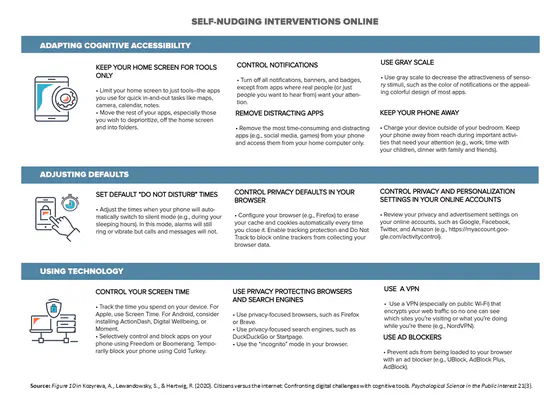
Self-nudging online
Self-nudging online refers to self-imposed interventions in one’s proximal digital choice architecture aimed at enhancing self-governance and lowering distractions.
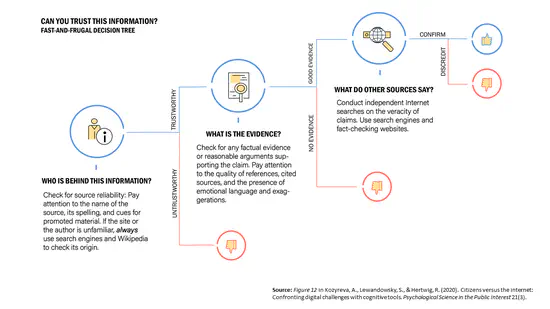
Simple decision trees to judge the trustworthiness of information online
The fast-and-frugal decision tree (FFT) ‘Can you trust this information?’ is an example of a simple tool for deciding whether or not to trust a piece of information encountered online. It uses three key questions: (a) ‘Who is behind this information?’ (b) ‘What is the evidence?’ (c) ‘What do other sources say?’
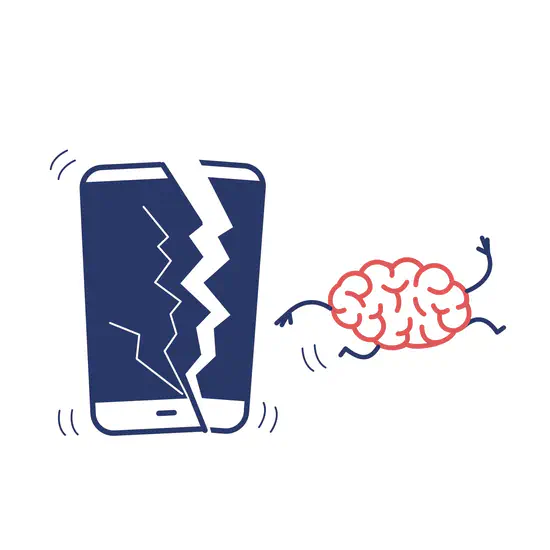
Simple self-reflection exercises to inoculate against online manipulation
Taking its cue from inoculation and learning from experience, self-reflection helps people see through manipulation strategies that are deployed online. The boost thereby increases people’s autonomy online, where precisely targeted advertisement can be manipulative and subtle.
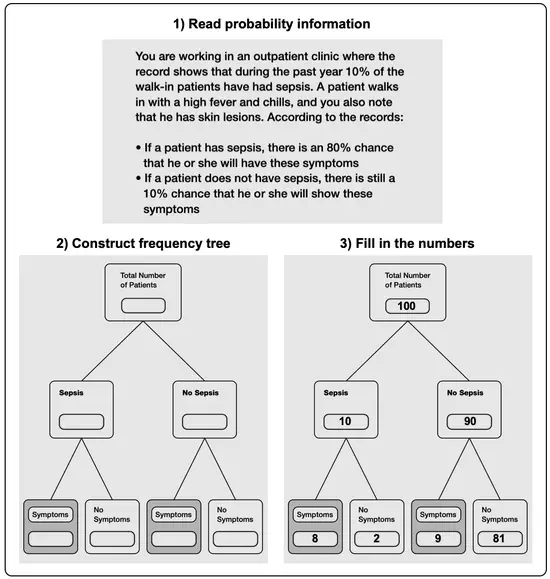
Teaching how to construct natural frequency trees out of probability information
Knowing how to construct natural frequency trees out of probability information helps people successfully make Bayesian inferences (e.g., to understand what a positive test result really means).
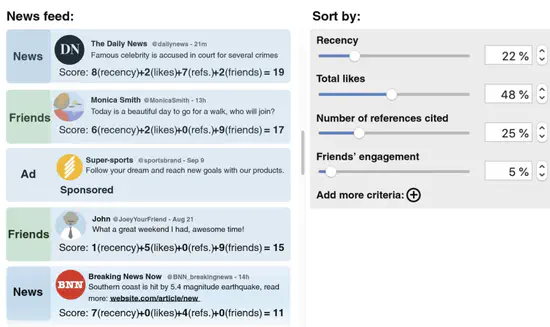
Transparent and interactive news feed design
The news feed plays an important role in how people consume and share information. The algorithms that curate news feeds guide users through the information landscape; if designed transparently and allow the user to interact with the sorting algorithm, news feed algorithms can increase users’ autonomy.